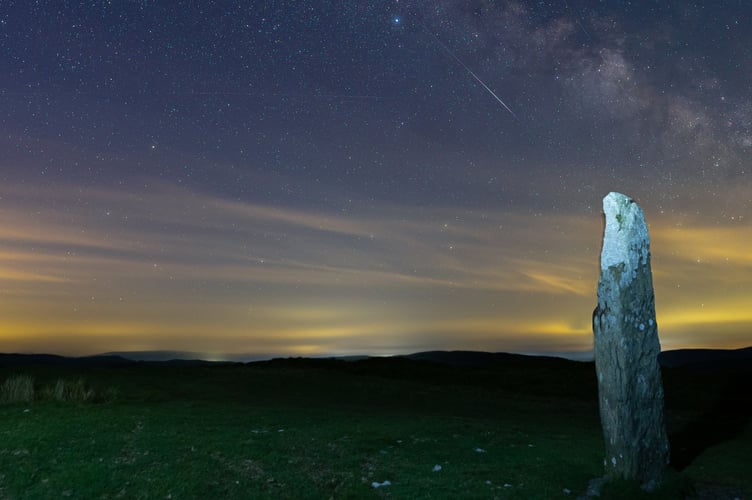STARGAZERS will be hoping for clear skies this weekend as one of the year’s most spectacular displays lights up the night sky.
The Perseid meteor shower is one of the most dramatic astral displays you can see in the night sky and it is active between 17 July and 24 August but will hit its peak on 12 and 13 August
The shower is one of the highlights of the meteor calendar due to the hourly rate of bright meteors, which is caused by the Earth passing through the debris trail left behind by a comet called Swift-Tuttle.
The comet’s debris trail is made up of small pieces of ice and rock, and when the Earth passes through it, these pieces burn up in the atmosphere, creating a meteor shower.
It is called the Perseids because the meteors seem to originate from the constellation of Perseus. Astronomers call this point the meteor shower’s radiant.
According to the Royal Observatory in Grenwich, the best time to the see the display is between midnight and 5am, who say: “The radiant of the Perseids is actually always above the horizon as seen from the UK, which means that observers in the UK should be able to see some meteors as soon as the Sun sets. Therefore, it is worth looking up in the early evening.
“It is always favourable to try and spot meteors when the Moon is below the horizon or when it is in its crescent phase, because otherwise it will act as natural light pollution and will prevent the fainter meteors from being visible.”
Places such as the Cambrian Mountains and Eryri National Park in Gwynedd have been designated a dark sky areas due to their remoteness and lack of light pollution from towns and villages.





Comments
This article has no comments yet. Be the first to leave a comment.